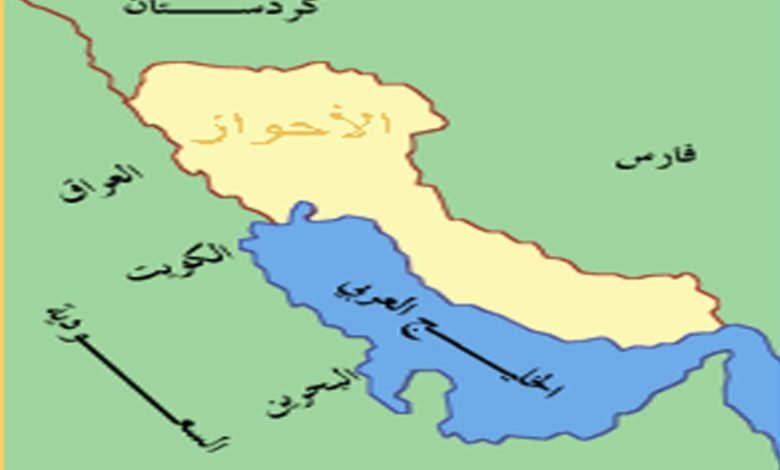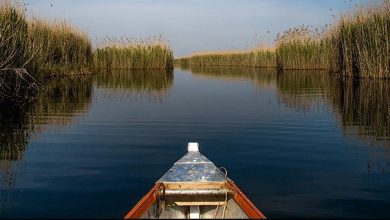
An Overview of the Geography, Name, and History of the Ahwaz Region since Ancient Times”: A study delving into the history of Ahwaz prior to the emergence of the Persians (2)
In the first part of the study “Geographical Aspects, Name, and Historical Background of the Ahwaz Region since Ancient Times,” presented by researcher Qusay Mansour AlTurki, we explored. This section delves into the tribes and residents of Ahwaz, whose presence and mention date back to the third millennium BCE, around two millennia before the appearance and arrival of the Persians in the region. This enables us to trace the movements and migrations of these tribes within the Iranian geography, until their establishment in their historical homeland beyond the boundaries of Elam, now known as “Ahwaz.” It’s evident that the Persians chose the southwest region of Iran for their settlement, while the Medes preferred to settle to the north, behind the mountainous barrier adjacent to the Mesopotamian lands to the west of Iran.
Elam’s Dominance over the Persians:
Supremacy consistently favored the Median tribes. In beliefs, the Persians held a lower position compared to the Medes; at times, they ruled independently in their territory, while at other times, they were subjects of the Medes.
The Appellation “Iran” Today:
The use of the term “Iran” as recognized today doesn’t extend beyond the end of the third century BCE. Its earliest usage is attributed to the geographer “Eratosthenes,” who lived between 276 and 194 BCE. On the other hand, the name of the Ahwaz region, once known as Elam, indicating an autonomous entity and civilization, dates back to the fourth and third millennia BCE.
Arab Historians and Ahwaz:
Arabs referred to the plateau and high mountainous lands located to the east and southeast of the alluvial plain, considering the geological formation, nature of the soil, and topography. This natural expanse connects the alluvial plains of Iraq to Ahwaz, which the Persians transformed into “Ahvaz.” Iranians themselves refer to this region as “Arabistan,” signifying the land of the Arabs, thus indirectly recognizing the inhabitants of Ahwaz as Arabs.
Tabari, in his extensive work on the history of prophets and kings, mentions the city of Susa, the capital of Elam. He asserts that the first cities built on Earth were Babylon, near the Black Kufa city, and the city of Susa. This information originates from Hisham ibn Sa’id al-Kalbi, who attributes the construction date to Mahail bin Qinan. Thus, the civilization of Ahwaz becomes one of the ancient civilizations closely linked to the cultures of the Arab region, both in the past and present.
The discovered archaeological evidence clearly indicates Arab characteristics and authentic Arab attire. It’s particularly noteworthy that certain tribe names mentioned in the ancient cuneiform inscriptions from the first millennium BCE are still in use today. Among these tribes are, for example, the “Lumru” tribe, the descendants of the “Ghawlab” tribe, the “Natiri/Matiri” tribe, as well as the “Rabiah” tribe.




